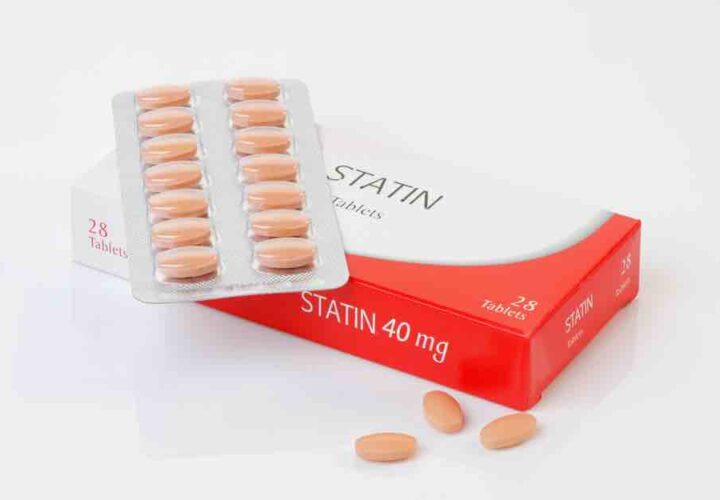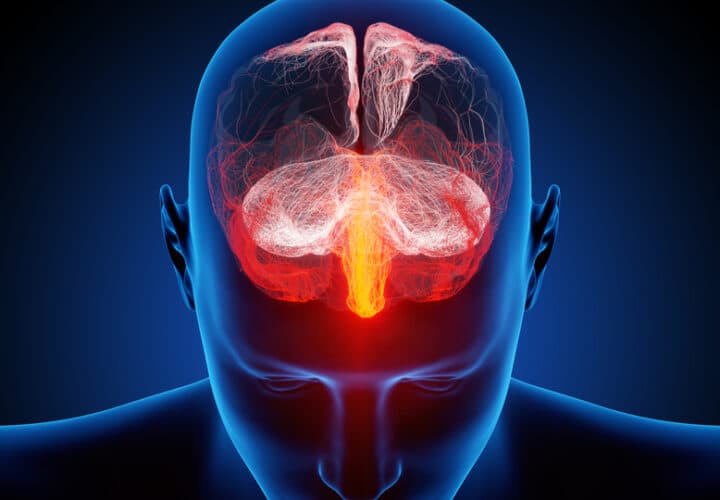While concussions, caused by a hit to the head, can lead to a traumatic brain injury, it’s often the smaller, more invisible subconcussive hits that can result in more brain damage over time. In a new study, researchers used a blood test to detect concussions and subconcussive injuries in children and adults.
They hope the results will move them closer toward developing an effective blood test to identify brain injuries. Earlier detection could help prevent further damage, and reduce the risk of negative long-term effects, like developing dementia.
The study examined some 700 emergency room patients. The researchers used a blood test that tracks two proteins — GFAP and UCH-L1 —which are found in the brain.
GFAP and UCH-L1 are considered biomarkers that appear in the blood after an injury. If the levels are high enough, they’re typically a sign of brain injury or concussion.
Subconcussive Brain Injuries
The Centers for Disease Control and Prevention (CDC) note that traumatic brain injuries, or TBIs, can range from mild to severe. TBIs can have an impact on a person’s thinking, memory, sensations and even emotions.
More and more research has shown that smaller, milder hits to the head — subconcussive injuries — can create lasting damage if there’s enough of them over time. However, these injuries often fall under the radar, going undetected in the emergency room if the patient doesn’t have any overt concussion symptoms.
According to Dr. Linda Papa, emergency medicine doctor at Orlando Health and lead author of the study, nearly 4 million concussions occur in the U.S. every year. It’s possible the cases of milder subconcussive hits aren’t being reported at the same level. And it’s not just a problem for athletes.
“It is a significant health problem in both athletes and non-athletes,” Papa said in a press release.
In the study, Papa and her team wanted to see if they could identify a subconcussive hit through a blood test. The patients in the study included people who had experienced a variety of injuries, from falls and bicycle accidents to sports injuries.
The researchers measured patients who had full concussions as well as those who had experienced head trauma, but didn’t show any obvious signs of concussion. They also analyzed patients with body trauma, who didn’t have any head trauma.
Both GFAP and UCH-L1 increased in patients who had nonconcussive head trauma. This is a sign that subconcussive hits can have an effect on the brain over time.
“A unique feature of this study is that it includes patients who hit their heads but have no symptoms,” Papa said. “This group is rarely — if ever — included in biomarker studies.”
Concussion Blood Tests
Past research has shown that even just a single season of youth football could be enough to change the brain.
Typically, patients who are thought to have concussions are tested with the 15-point Glasgow Coma Scale followed by a CT scan to see if there’s any brain tissue damage or lesions. Last year, however, the Food & Drug Administration (FDA) approved a blood test to evaluate concussions.
This blood test may be a cheaper, more convenient way to test for brain injuries, and to eliminate the need for expensive CT scans in these scenarios. But at the moment, the blood test may not be enough to check for concussions or completely replace routine concussion protocol.
Being able to detect subconcussive injuries in different environments — from schools and sporting events to the military — could be helpful in identifying and preventing more from happening, Papa said. She noted that, “[this] technology is only a year or two away.”
If you’ve experienced a concussion or subconcussive injury, the CDC recommends resting and avoiding any sports or activities that could put you at risk of another head injury.





